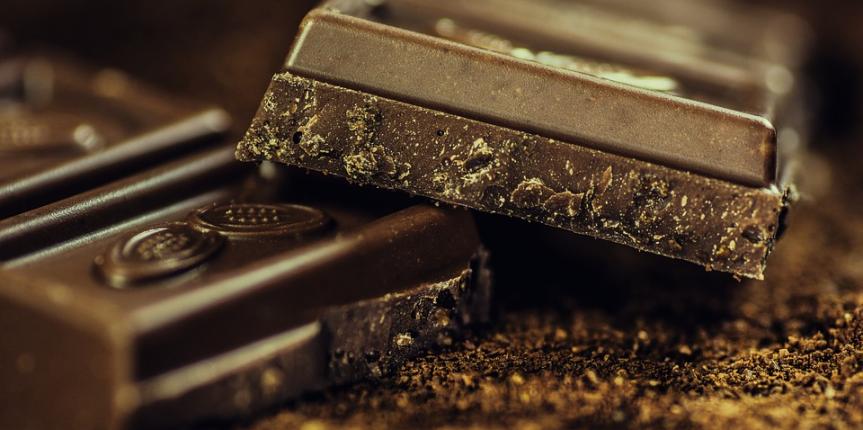
The transformation of cocoa beans into semi-finished products like chocolate and cocoa powder involves several processes. Before anything could be done in the process, cocoa beans must undergo fermentation and be thoroughly dried. After which they pass through the following stages or you can also say this as the cocoa beans process of making chocolate. Here in this article, you will learn about cocoa processing steps.
11 Stages of Cocoa Bean Processing
Following are some stages of Cocoa Bean Processing that you need to follow:
- Cleaning the Cocoa Beans
To ensure quality production, cocoa beans should be properly sorted and cleaned in order to remove particles and noncocoa bean materials.
- Roasted Cocoa Beans
For color and chocolate extraction, cocoa beans are subjected to roasting at a normal temperature depending on the type of beans.
- Removal of Shells
The shells of the beans are removed with the help of a winnowing machine for the extraction of the cocoa nibs and the nibs are then heat-treated to eliminate possible bacteria.
- Alkalization
The nibs then undergo the process called alkalization with the use of potassium carbonate in order to develop the flavor and color.
- Milling
Whether just one type of cocoa beans are used or more than one, they are milled to create cocoa liquor under appropriate temperature.
- Extraction
The liquor is then pressed to extract cocoa butter which leaves a solid mass particles referred to as ‘cocoa press cake’
- Cocoa Bean Processing
The processing now goes in two different directions. The press cake is broken into small pieces to form ground press cake which is then crushed to produce high-quality cocoa powder while the cocoa butter is used to produce chocolate. Chocolate production is the addition and mixture of cocoa butter and other ingredients like sugar, milk and other emulsifying agents.
- Refining and Blending
The mixture then passes through the refining and blending process to produce a smooth paste of chocolate.
- Conching
For texture and flavor development, the mixture further undergoes a process called ‘conching’ which is the smoothing of the mixture.
- Tempering and Moulding
To prevent discoloration, the mixture then undergoes heating and be allowed to cool slowly. It can then be poured into molds. Large-scale producers will need machines and conveyors that deposit exactly the right amount of chocolate into each mold while small-scale manufacturers can do this part by hand. After which they are allowed to harden and cut into desired shapes and sizes like blocks, drops or other solid shapes.
- Preservation
In case of mass production, they can then be stored in a clean, dry (relative humidity max. 70 %) and odorless environment with the storage temperature between 12 and 20°C.

I would like to be guided in cocoa production. Please email me for further discussion as we grow cocoa in Uganda